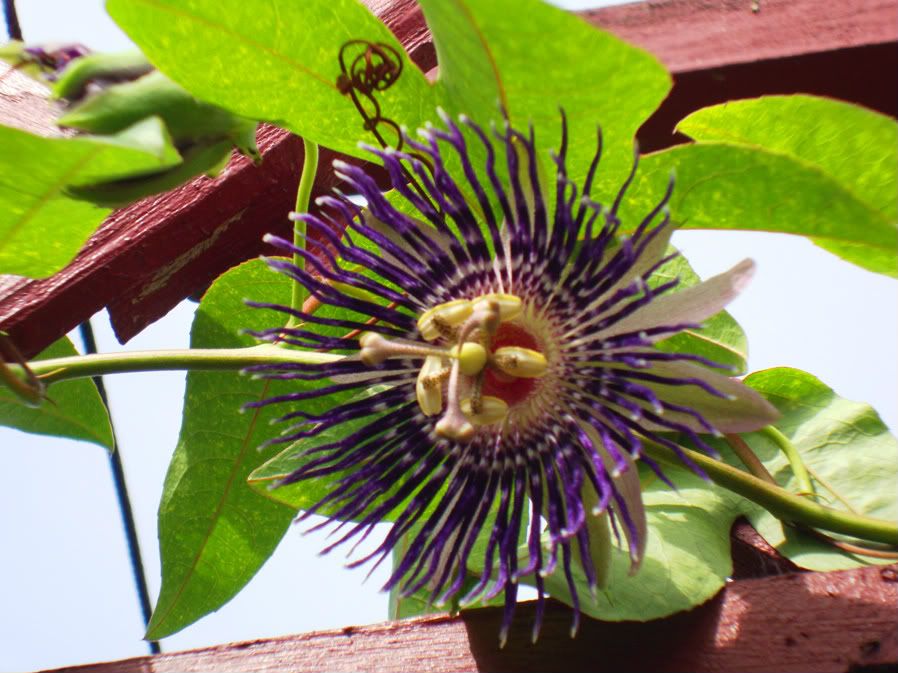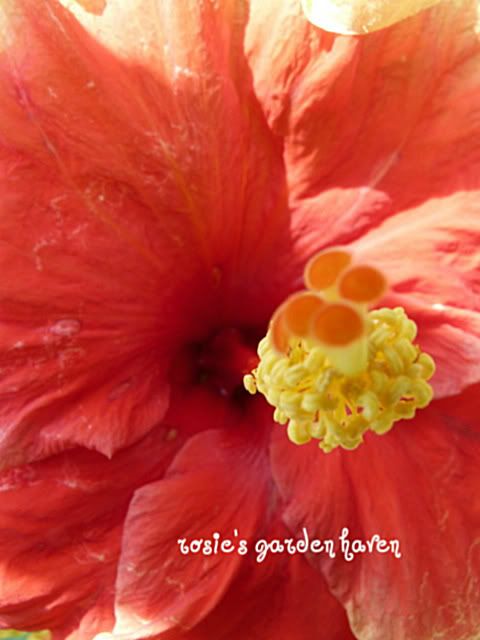So, in this post, I would like to advise these people to "Know Your Gloxinia"
Did you know that:
#1. Gloxinia is the common name for a popular tropical houseplant, Gloxinia speciosa, also known as Sinningia speciosa.
#2. The plants can be propagated by leaf cuttings, just like African violets. However it is easier to just keep reviving dormant tubers.
#3 The plants are pretty fussy about the amount of sunlight they get. Remember this tip: give then enough light, but keep them away from direct sunlight. Hmm, figure that out.
#4. Watering them is also an art. Water them thoroughly, the experts say, but do not keep them wet all the time or they'll die. However, they say not to leave them too dry, or they will also die. Of course, if you water the crown of the plant, they will rot, and die. So we are advised to let the plants absorb water from the bottom - fill a saucer with water and leave the pot of gloxinia standing on the saucer for an hour. Then remove the saucer they say. They also urgently remind us to use warm water. Yeah, but how do we keep the water warm after it is left exposed in a saucer for an hour?
#5. Feeding - this is also rather confusing. They ( I'm referring to the experts, not to the gloxinias, they do not say anything. But I know they are finicky little ladies... I mean these gloxinias, not the experts).Back to how to feed your fussy gloxinia. Feed them regularly when they are blooming, they say, but stop feeding them when they stop blooming. You would probably say you'd rather start feeding them when they stop blooming so that they'll produce more blooms. I'd agree with you! However...they say we have to stop feeding them so that the tuber can grow dormant. If they want the tuber to grow dormant, shouldn't we feed them? Sigh.
Anyway, now you know exactly how to treat your gloxinia. All I know is these gloxinias of mine are awake now, and they'll go back to sleep when they feel like it, and come back when they feel like it too.
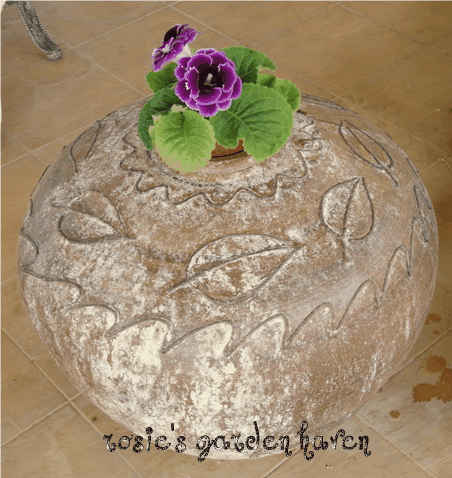

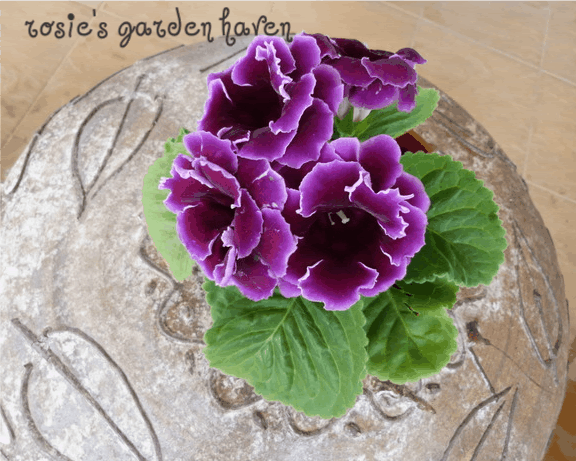
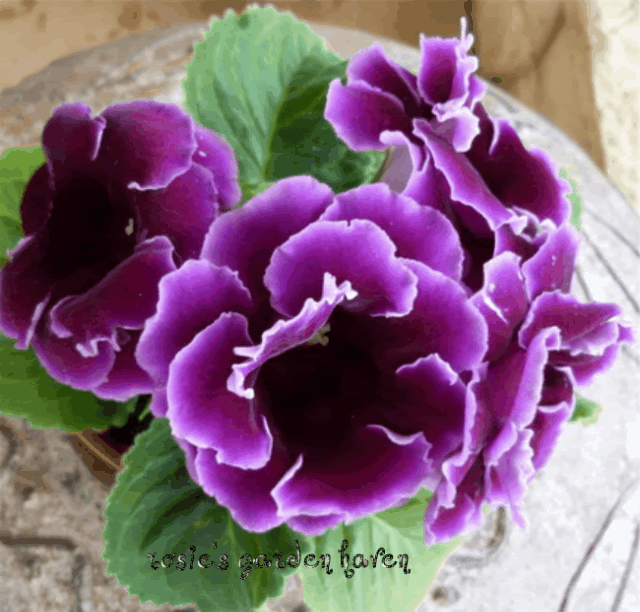
Linking to:
